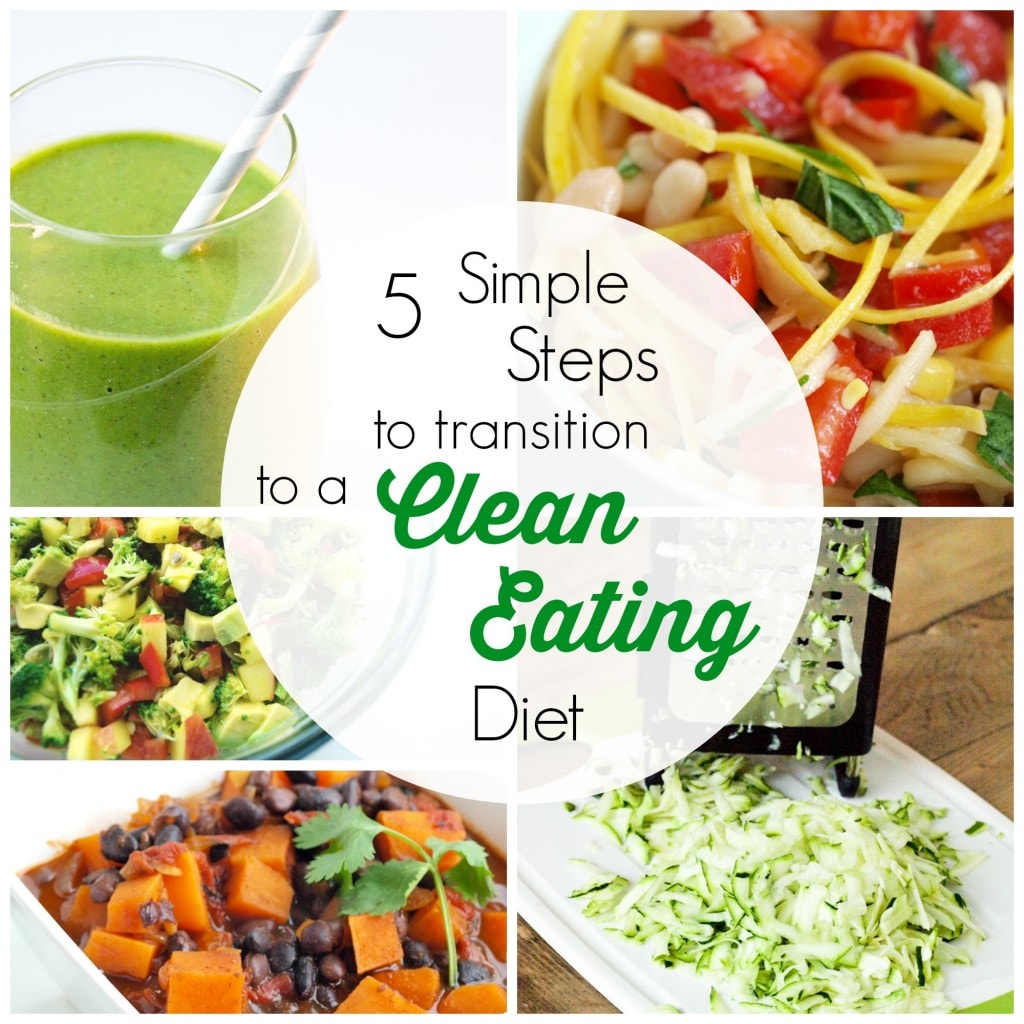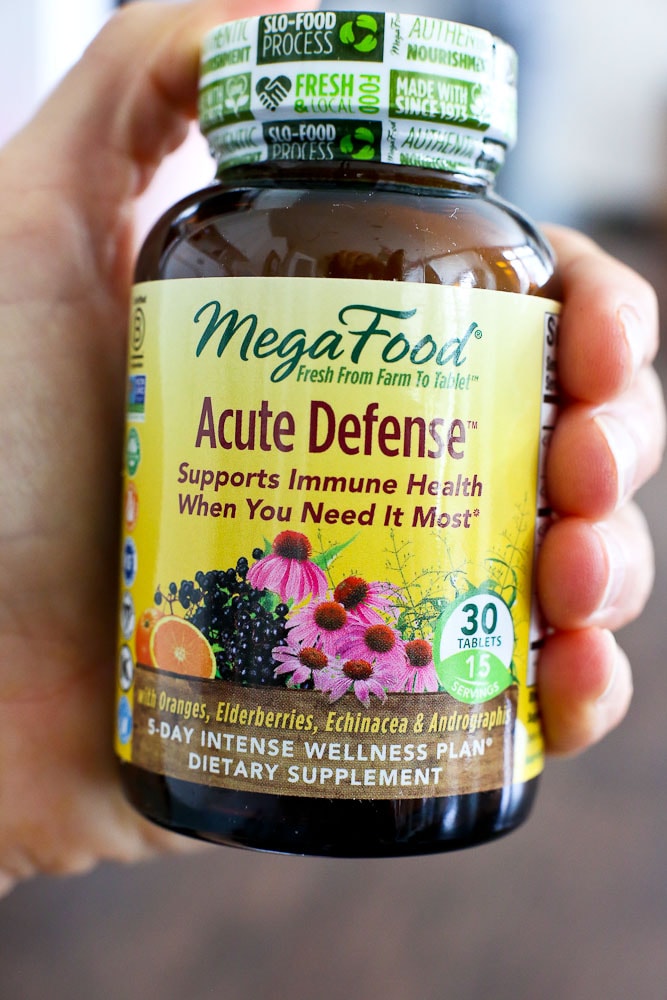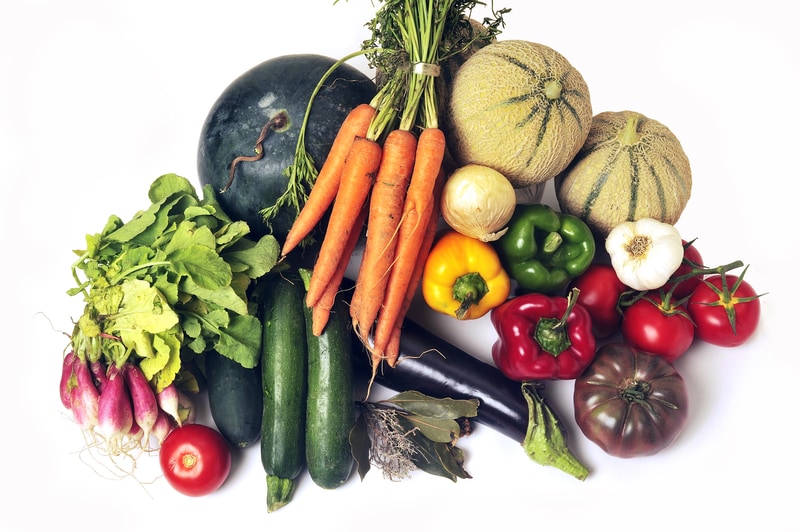 I’m not one to carry a label when it comes to my eating habits. I’ve going through different phases of eating certain ways, from frozen processed meals when I was fresh out of college to vegetarian and vegan to meal plans laid out in different diet books. In the end, I realize that there’s no label needed when it comes to eating, but rather we should all strive to make healthy eating a lifestyle that comes naturally and allows us to enjoy food. “Healthy eating” is a relative term, though, and means something different to every person you ask.
I’m not one to carry a label when it comes to my eating habits. I’ve going through different phases of eating certain ways, from frozen processed meals when I was fresh out of college to vegetarian and vegan to meal plans laid out in different diet books. In the end, I realize that there’s no label needed when it comes to eating, but rather we should all strive to make healthy eating a lifestyle that comes naturally and allows us to enjoy food. “Healthy eating” is a relative term, though, and means something different to every person you ask.
“Clean eating” may be a trendy phrase, but as far as a label goes, it’s one that resonates with me the most. It doesn’t matter if you eat meat or no meat, lots of carbs or hardly any at all, one common strand is that we should all try to eat clean. So what is clean eating, exactly? In a nutshell, clean eating just means eating whole foods, as close to nature as possible. This means we aren’t eating many processed foods and we buy less foods in packages and more foods that you can find at a farmer’s market.
Sounds easy, right? Well, it is, once you get the hang of it. For many of us, though, it’s a transition to eating clean. These steps will help you if you are totally new to clean eating. Notice I call the steps simple, not easy. Don’t think there won’t be some resistance and growing pains along the way as you focus on making changes to your eating habits. Remember, clean eating is a lifestyle, not a diet. It’s not something you “go on”, but something that should stick with you.
If you are a parent, the good news is that you have the power to help your children make clean eating be a way of life that they grow up with. They won’t have to work so hard to make the changes when they grow up because you laid the foundation for them.
These five steps are laid out as stepping stones to the path of clean eating. They are meant to be a process that takes time, not an overnight change. It is a commitment, but not something that is too difficult to achieve if you are determined to do so.
1. Focus on one meal or snack at a time.
Going cold turkey works for some people, but for most that approach can be overwhelming. Pick one meal or snack or even one food item you want to make cleaner and go from there. For example, maybe snack time usually includes processed foods at your house. Find some recipes for easy, clean-eating snacks that your family will love. (Need ideas? Try this one, this one, or this one!) Next time you are at the grocery store, don’t buy your usual processed snacks. Your family will protest. Be ready. But eventually, they’ll get used to the change.
Let’s say you want to get your family to stop eating Pop Tarts for breakfast. Once they run out, don’t buy them again. Again, be ready for protests, but stand firm. Then, help them find a new favorite, but cleaner breakfast food.
2. Clean up your favorite recipes.
Chances are, this isn’t going to be as hard as you think. Let’s say your family adores taco night. Take a look at the ingredients you are using and use cleaner versions of those ingredients. The shells? Find an organic version with minimal ingredients. The taco seasoning? Make your own blend. (Google it–there are so many recipes out there.) Ground beef? Look for organic, grass-fed, if possible. Cheese? Use an organic, minimally processed brand. Vegetables? Buy organic when possible. There you go! Clean-eating taco night! Sometimes it’s just small changes that can clean up your favorites.
3. Transition to Whole Grains.
White bread, white pasta, crackers, muffins, and cakes. These are all foods with processed (and usually bleached) flour that is void of any nutrients. It sends your blood sugar soaring and overeating these kinds of refined carbohydrates is linked to heart attacks, strokes, and diabetes. Add white rice to that list and it may seem like there’s nothing left for you to eat. I don’t condone cutting out all grains or carbs (unless you are on a special medical diet that requires it).
What you want to do is start replacing those foods made with refined grains and replace them with whole grains. That means if you are buying bread, whatever flour you see should start with the word “whole.” If it says “wheat flour”, for example, that means it’s refined wheat flour. Look for the word whole. I personally prefer to buy a multi-grain bread instead of 100% whole wheat because it has a lower glycemic load if there are extra grains in there.
Whole grain pasta can take some getting used to, but once you have it often the nuttier taste and chewier texture will grow on you. We also often use a gluten-free pasta that is made with quinoa flour and corn flour that I think is a good option.
Brown rice takes much longer to cook, but did you know you can cook a huge batch ahead of time and freeze it in dinner or lunch-sized portions? Trader Joe’s and Kroger (and I’m sure more places) sell frozen cooked brown rice as well.
There are a lot of great whole grains out there to cook and enjoy outside of wheat and rice, too. There’s amaranth, barley, farro, millet, and teff. Have fun discovering new grains!
4. Reduce sugar and switch from white sugar to natural sugars.
First, you want to take a good honest look at how much sugar your family is consuming. Start cutting back. Sugar hides everywhere: in your condiments, in your drinks, and in most processed foods. Find ways that you can reduce how much sugar you and your family are eating. Don’t drink sugary drinks like soda or juice, don’t eat as many desserts, and get the candy out of the house.
After you’ve reduced your daily consumption of sugar, start to replace the white sugar that’s left with natural sugars. Some good natural sweeteners I like to use are maple syrup, honey, agave nectar (lots of controversy on this one, but I still think it’s a good option to use in moderation), stevia, xylitol, Sucanat, and coconut palm sugar. Experiment with recipes that use these in place of white sugar. You’ll be surprised that they can taste fantastic! The bonus is that many of these sweeteners also have some essential nutrients. White sugar is totally void of any nutrients.
One thing to keep in mind, however, is that natural sugars are still sugar. Eating too much sugar, whether it’s natural or not, is not good for your body. So don’t go too crazy with the natural sugars, either!
5. Plan, plan, plan!
This is such a huge part of staying on track when you are trying to eat clean. It’s when life is busy, we’re super hungry, and have nothing ready to eat that bad decisions get made. We grab the less-than-nutritious processed foods because let’s face it: they are quicker and easier. It’s a comfortable place. If you plan for those moments, you will be less tempted to eat the foods you are trying to avoid.
Plan your dinners so you know what you are having every night. Take the time to make sure you have clean-eating snacks ready. A lot of people swear by Sunday night meal prep, but I haven’t been able to stay motivated enough to consistently do it every Sunday. It requires a huge block of time to do it all at once and that makes it feel too much like a chore. It works better for me to do my planning and prepping in chunks. Some gets done on Saturday, some on Sunday, and then I usually have to make a snack or a make-ahead breakfast or something like that once or twice during the week. Find a method that you can sustain and get it done!
These 5 steps should help you be successful as you try to transition to a clean-eating diet. I am passionate about getting this message out there. If you have someone in your life that you think would benefit from these simple steps, would you please share this with them? Thanks, friends!




Planning is important, this schedule looks good to me.
I’m a beginner and this diet tips will help me a lot. Thank you for sharing
I feel lucky to read your article. As I am an obese person and doctor has also advised me to loose weight, otherwise I may get prone to many diseases like heart attack, high blood pressure etc. Your tips will really help me a lot in a healthy way.
Thanks for sharing this wonderful post and inspiring me that I too can loose weight.
Keep sharing!!!
Thanks for the info a few I have missed 🙂
You’re welcome, Shamika!
I think the most important one is SUGAR. People are addicted to sugar. The less processed foods you eat, the less sugar you’ll eat, but sugar is in EVERYTHING, from canned tomatoes to chicken broth. 🙁 I’m learning to be so much more aware of sugar and trying to reduce it as much as possible. I haven’t cooked with sugar since October except using little amounts of honey and maple syrup. It’s definitely helped my husband and I.
SO true!
Great tips! Cleaning up recipes is my favorite. You should never feel deprived!
Great tips! thanks for posting this!
You’re welcome. 🙂
Love love love these tips! Start small and plan ahead. Clean eating makes such a big difference in the way we feel.
Thanks!
http://www.playingforeats.com | Carly
Yes!!
Great tips for beginners! Gradual changes definitely go a long way!
You have to start somewhere, right?
Fail to plan, plan to fail! I love these tips, especially cleaning up your favorite recipes. Great post!
Thank you, Alexis.